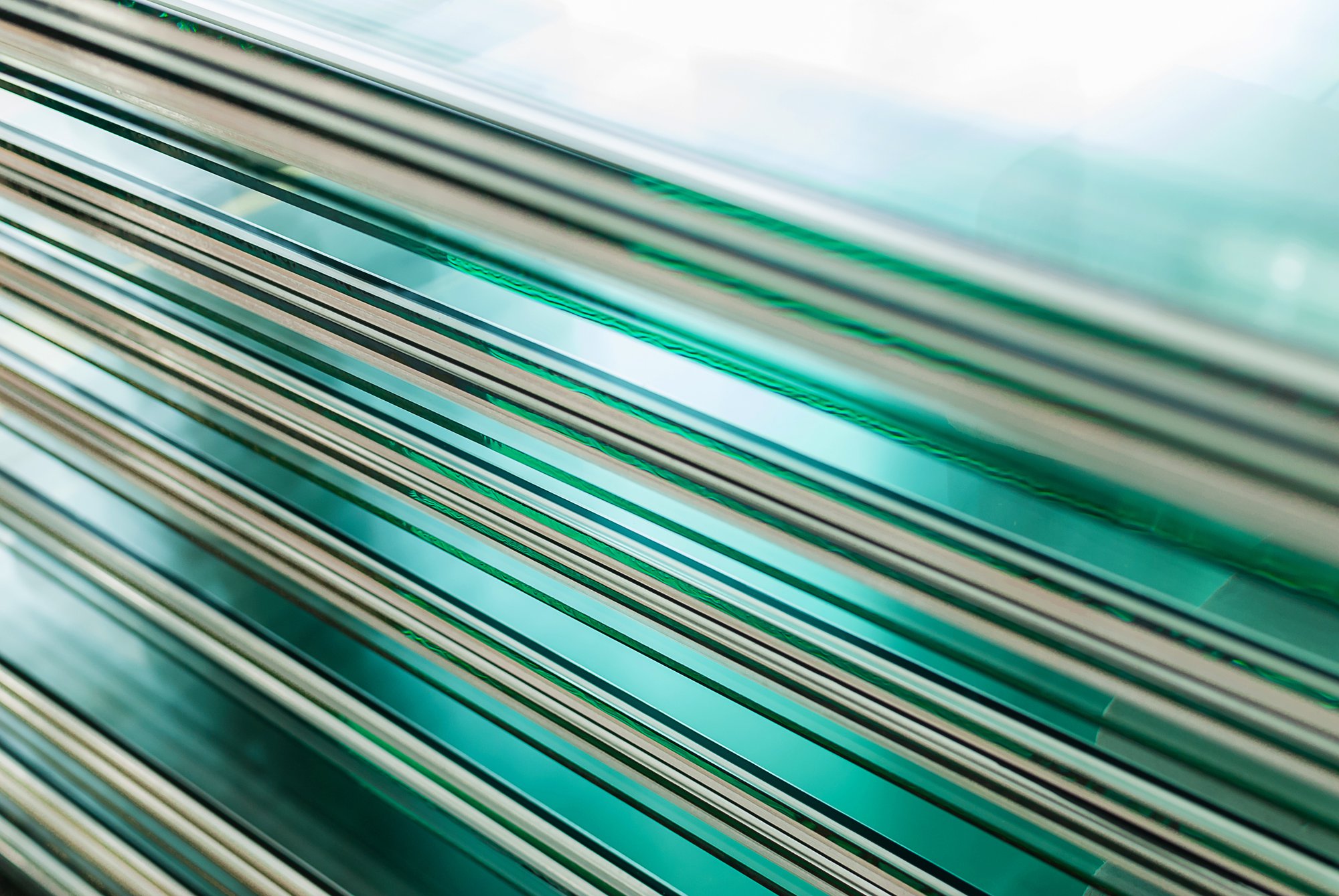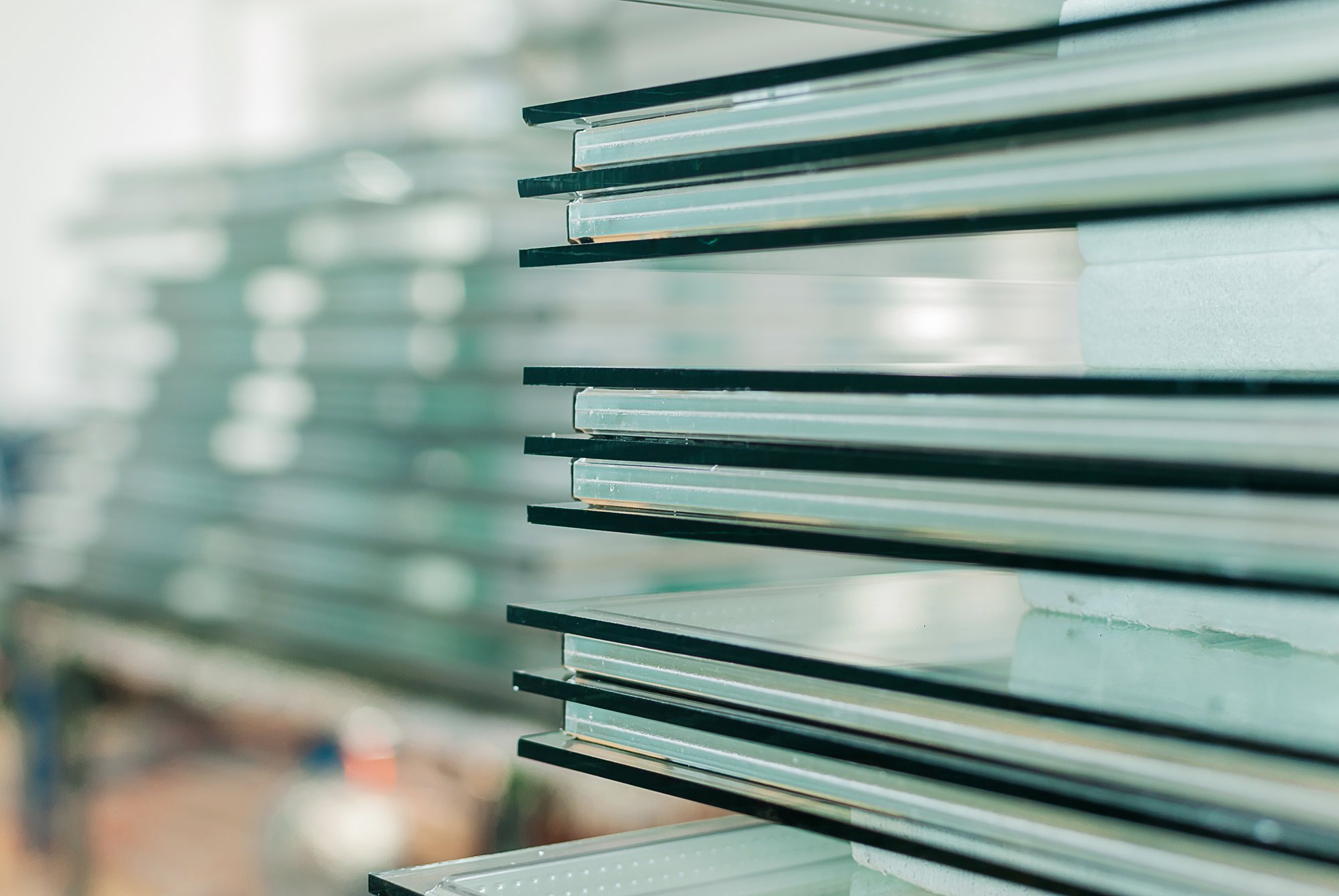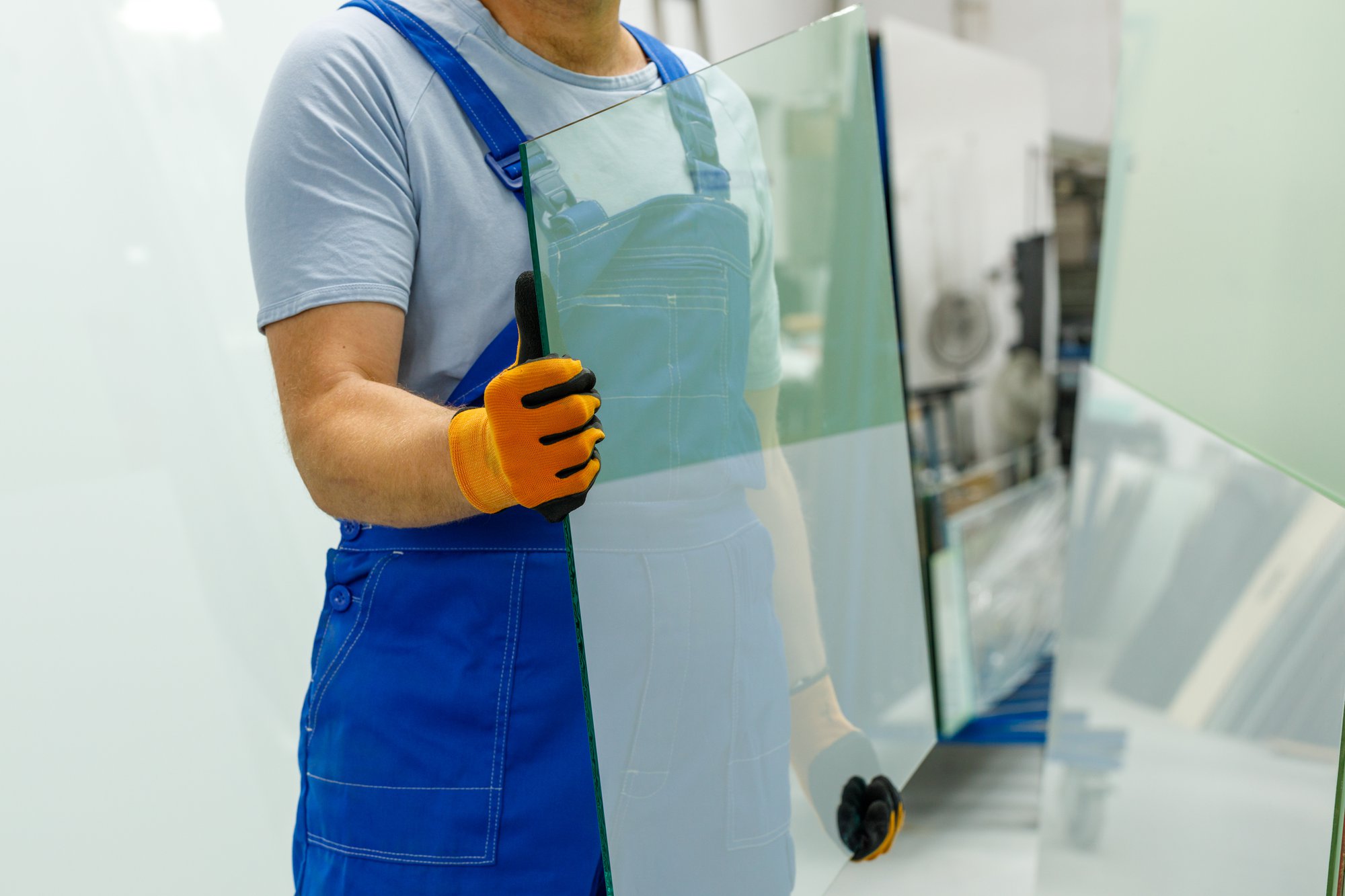Monolithic glass is a revolutionary material that embodies the perfect balance of strength and visual clarity. From creating expansive storefronts to elegant frameless partitions, monolithic glass has become an essential component in modern architecture. Its versatility and robust properties make it the ideal choice for applications where aesthetics and functionality must coexist seamlessly.
Why Choose Monolithic Glass?
Monolithic glass, as the name suggests, consists of a single, uniform pane of glass. Its unique structure provides inherent strength and clarity, making it suitable for diverse architectural uses. Unlike laminated or insulating glass, monolithic glass delivers unparalleled transparency while maintaining a sleek, minimalist look. This makes it particularly valuable for projects prioritizing open, light-filled spaces. Key advantages include:
- Exceptional Strength: Despite being a single pane, monolithic glass is engineered to withstand significant impact and pressure, making it a reliable choice for high-traffic areas.
- Visual Clarity: Its pristine surface offers unmatched transparency, allowing for uninterrupted views and enhanced natural light transmission.
- Cost-Effectiveness: As a single-pane solution, monolithic glass can be more economical than multi-layered alternatives, making it an attractive option for budget-conscious projects.
- Versatility: Suitable for both residential and commercial applications, monolithic glass can adapt to a wide range of design requirements.
- Ease of Maintenance: Monolithic glass is easy to clean and maintain, retaining its clarity and appearance over time without requiring specialized care.
Applications of Monolithic Glass
Monolithic glass is a popular choice for projects where strength and clarity are paramount. Its adaptability allows it to integrate seamlessly into various architectural styles, enhancing both form and function.
Storefronts
Retail spaces often utilize monolithic glass to create inviting storefronts that showcase products while providing durability to withstand daily wear and tear. The clarity of monolithic glass ensures that displays remain unobstructed, drawing customers into the space.
Frameless Partitions
In office settings, frameless partitions made from monolithic glass promote an open and collaborative atmosphere. These partitions allow natural light to flow freely while maintaining acoustic separation, balancing privacy with transparency.

Public Spaces
Museums, galleries, and cultural centers leverage monolithic glass for striking façades and interior features. Its ability to enhance natural light while maintaining structural integrity makes it a preferred material for these high-profile projects.
Residential Applications
Homeowners increasingly turn to monolithic glass to achieve modern, minimalist designs. From floor-to-ceiling windows to glass railings and shower enclosures, monolithic glass creates an open, airy feel that connects indoor and outdoor spaces seamlessly.
Monolithic Glass vs. Other Glass Types
While laminated and insulating glass have their merits, monolithic glass stands out in applications where simplicity, strength, and visual clarity are key. Here’s how it compares:
- Laminated Glass: Laminated glass offers added safety by holding shards together upon breakage, but it may lack the seamless clarity of monolithic glass. It is better suited for applications where security and sound insulation are primary concerns.
- Insulating Glass: Insulating glass excels in thermal performance and energy efficiency but involves multiple panes, which can detract from the minimalist aesthetic that monolithic glass provides. It is ideal for climates with extreme temperature fluctuations.
- Tempered Monolithic Glass: A variation of monolithic glass, tempered glass undergoes heat treatment to enhance its strength and safety. It’s an excellent choice for applications requiring extra durability without compromising clarity.
Innovations in Monolithic Glass Technology
Recent advancements in manufacturing and coating technologies have further elevated the performance of monolithic glass. These innovations allow architects and builders to expand the material's applications while addressing modern design challenges.
Improved Coating Technologies
Coatings applied to monolithic glass can enhance its functionality without affecting its appearance. For example:
- Low-E Coatings: These coatings reduce heat transfer, improving energy efficiency while maintaining transparency.
- Anti-Reflective Coatings: Ideal for storefronts and display cases, these coatings minimize glare and reflections.
- Self-Cleaning Coatings: These coatings use hydrophilic and photocatalytic properties to reduce maintenance requirements, keeping the glass pristine.
Enhanced Durability
Modern manufacturing processes have made monolithic glass more durable than ever. Heat-strengthened and tempered variants provide additional resistance to impact and thermal stress, expanding its usability in demanding environments.
Customizing Monolithic Glass for Unique Projects
One of the most compelling aspects of monolithic glass is its customizability. At Insul-Lite, we specialize in tailoring monolithic glass to meet the unique demands of each project. From bespoke dimensions to specialized finishes, our solutions empower architects and designers to realize their creative visions.

Customization Options
- Shapes and Sizes: We can produce monolithic glass in a wide range of shapes and sizes to accommodate diverse design requirements.
- Edge Finishes: Smooth, polished edges enhance both safety and aesthetics, ensuring a flawless finish.
- Tinting and Coating: Optional tints and coatings can be applied to achieve specific aesthetic or functional goals, such as reducing glare or improving energy efficiency.
- Strength Enhancements: Options like tempered or heat-strengthened glass add an extra layer of durability, making the glass suitable for demanding applications.
- Decorative Patterns: Etched or frosted designs can add a decorative touch, making monolithic glass a statement piece in any setting.
Sustainability and Energy Efficiency
While monolithic glass is often celebrated for its aesthetic and structural qualities, it also contributes to sustainability. By allowing maximum natural light into a building, it reduces the need for artificial lighting, thereby lowering energy consumption. Additionally, advancements in coating technology enable monolithic glass to improve thermal performance, making it an environmentally responsible choice.
Reducing Carbon Footprint
By minimizing the reliance on artificial lighting and air conditioning, monolithic glass helps reduce a building’s overall carbon footprint. This aligns with global efforts to create greener, more sustainable architectural practices.
Recycling and Reusability
Monolithic glass is recyclable, adding to its environmental benefits. Glass waste from construction projects can be repurposed, contributing to a circular economy and reducing landfill contributions.
Elevate Your Projects with Insul-Lite
At Insul-Lite, we take pride in offering high-quality glass that can be customized to fit your unique needs, ensuring your vision becomes a reality. Whether you’re designing a striking storefront, creating open office spaces, or crafting iconic public structures, monolithic glass provides the perfect solution. Connect with us to learn more about how our custom glass units can elevate your next project.





